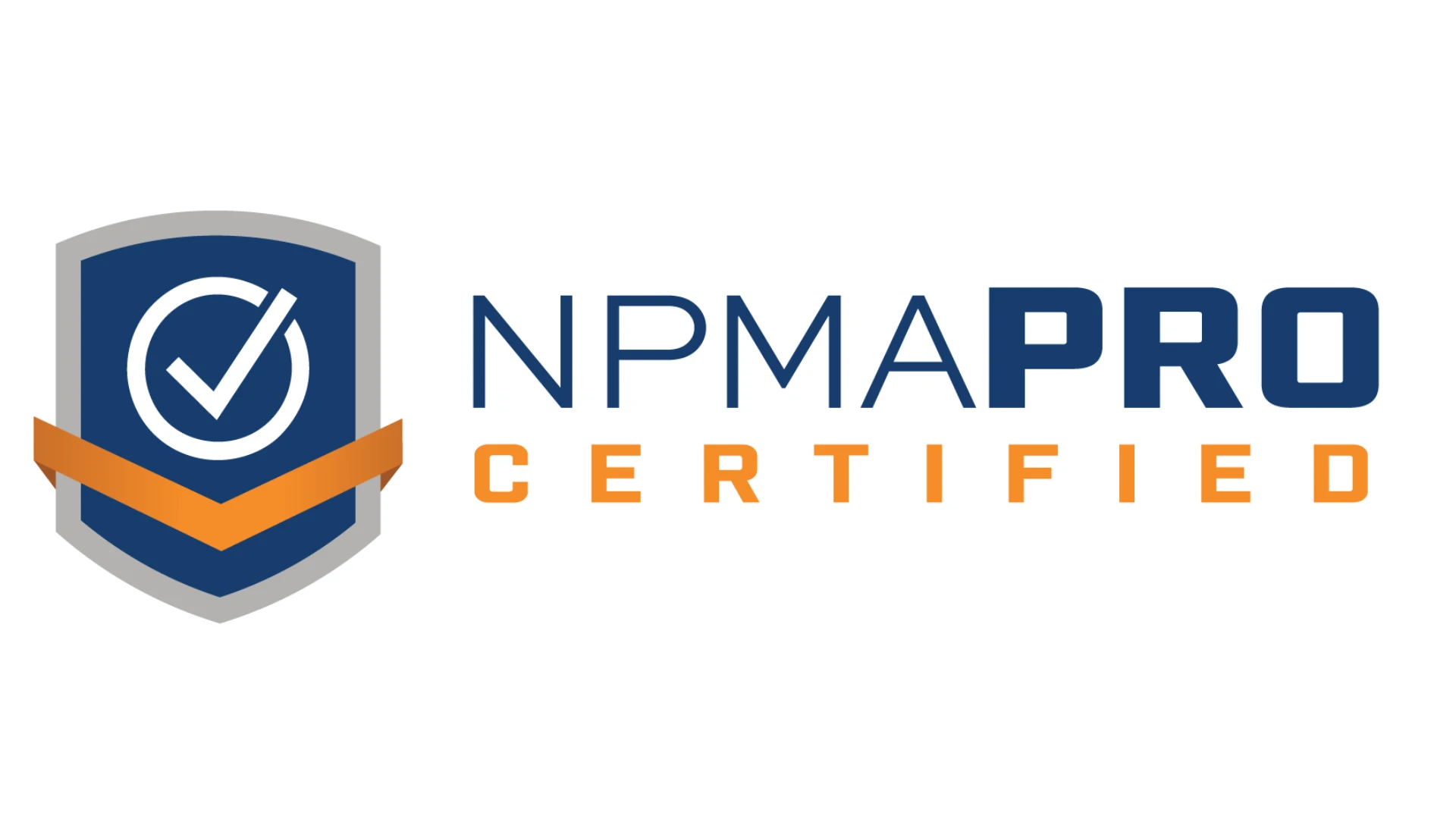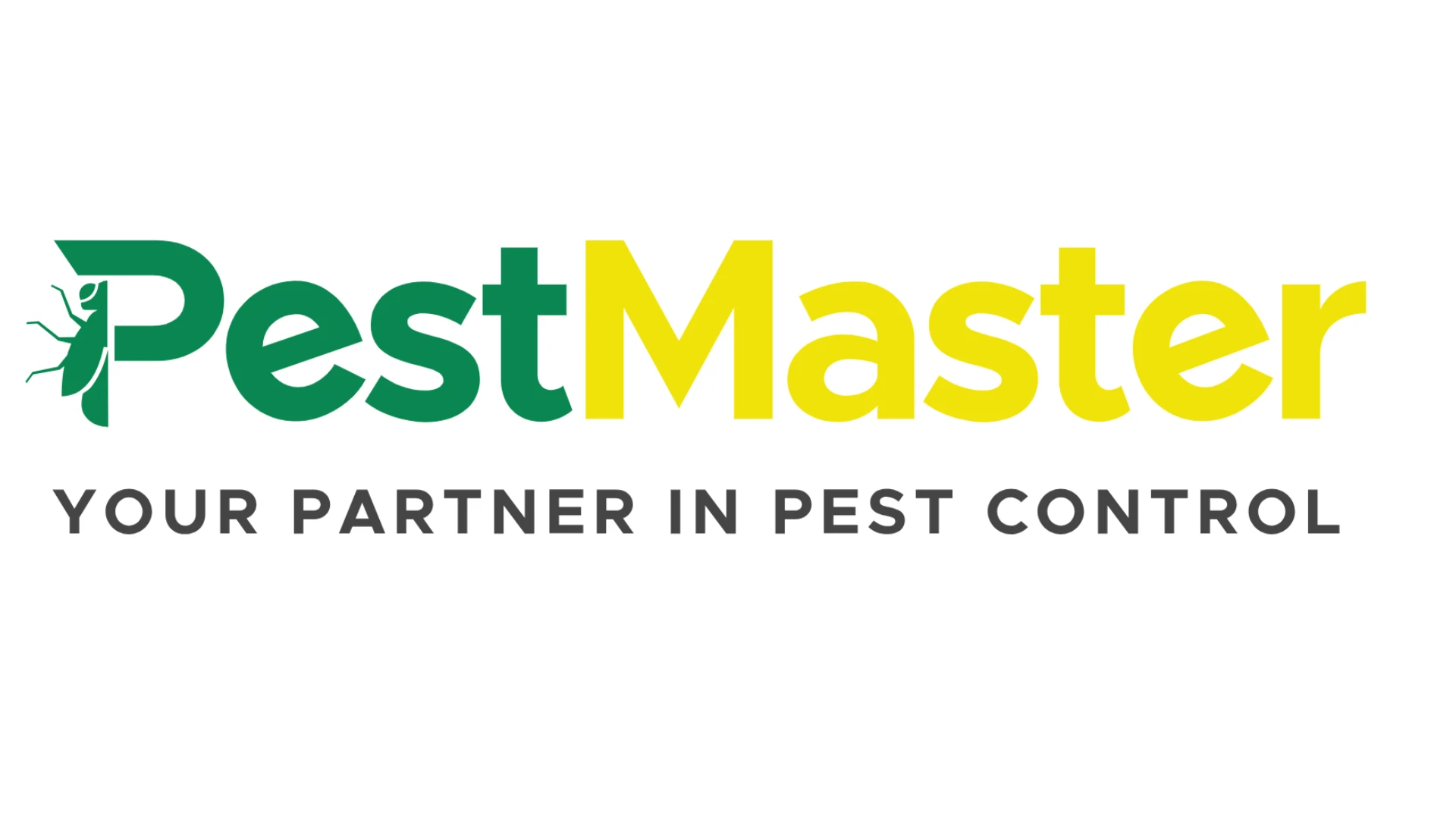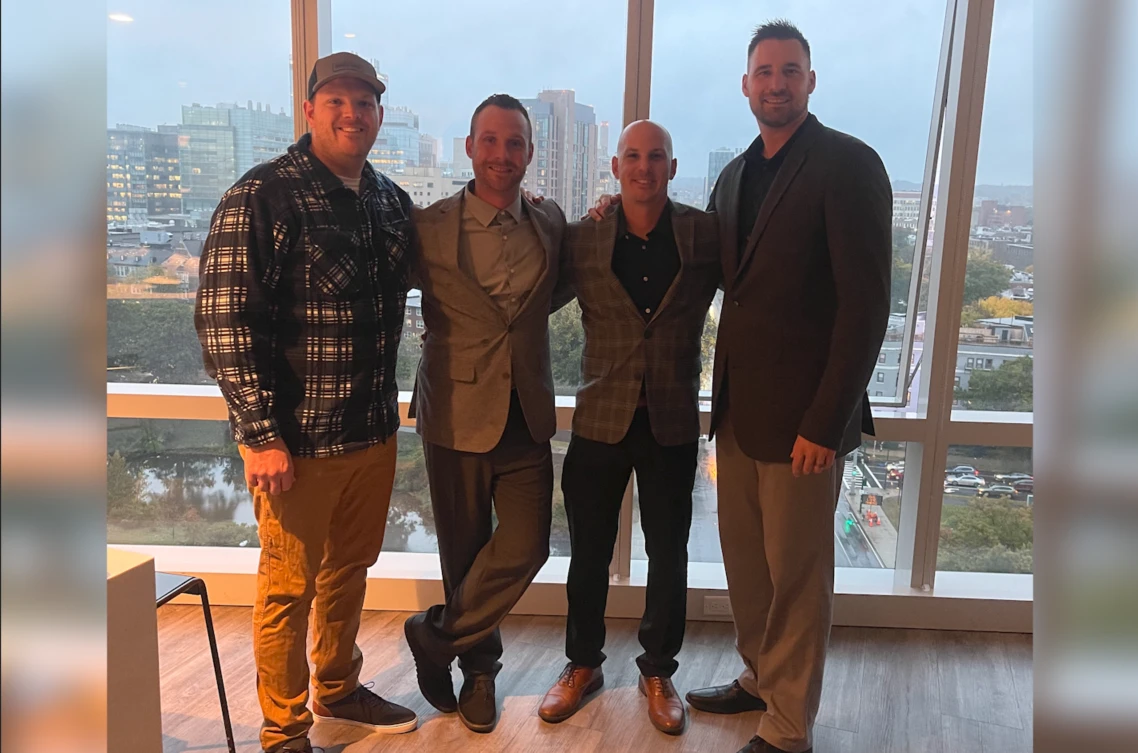Editor’s note: How does a small-town guy from New Jersey take his bird business nationwide? Stuart Aust (pictured below), president of Bug Doctor, Bird Doctor, Mosquito Doctor and Animal Doctor, Paramus, N.J., provides a first-hand account with practical tips to help PCOs build their bird divisions.
Just how big is bird control for our company? Seven of our company’s 30-vehicle fleet are dedicated to the Bird Doctor division. In 2007, Bird Doctor brought in more than $1 million in bird control revenue, an increase of almost 20 percent from 2006. At the halfway point of 2008, the Bird Doctor division business has increased 10 percent compared to last year’s revenue.
Success did not happen overnight. It’s not until we built confidence with our clients through small and mid-sized revenue jobs that we were awarded the much larger revenue bird deterrent installation jobs.
We will perform small exclusion jobs for as little as a few hundred dollars to bird deterrent installations that are in the six figures and higher range. At present time, Bird Doctor has job proposals pending for $1.4 million to $1.5 million. You know you’ve built confidence when your client doesn’t need to take other quotes, and they say to you, “We just want it done right, and we know you can do it.”
Since the inception of the Bird Doctor division more than 11 years ago, we have formed partnerships with other pest management companies as their subcontractor and performed bird control work for their clients. Instead of being their competitor, we are now their ally. This unique arrangement has resulted in a growing and trusting work relationship. Currently, Bird Doctor performs bird control and provides bird deterrent installations for more than 10 pest management companies nationwide.
10 TIPS FOR SUCCESS. The following are 10 hot tips that can help you get into the bird business and succeed:
1. Partnering. Consider partnering with a subcontractor (as several companies have done with Bird Doctor), and “tag along” on all aspects of the job, from the sales call or walk-through, to the proposal, to the installation (and participate in the installation). It’s better to learn the bird control trade through the experience of another company and generate revenue at the same time. Utilize subcontractors until you learn the business.
2. Utilize bird distribution companies. Learn who the numerous bird equipment and material suppliers are. Form a relationship with a bird supplier that you feel comfortable with and ask them to provide you with leads and training, as well as design and development of flyers, brochures, etc., in your geographic service area.
3. Proper licensing. Make sure that your company is licensed in the state in which you are doing work. See to it that you have the proper nuisance/wildlife licensing and check to see if a contractor’s license is needed in that state.
4. Insurance. Always make sure that your liability and worker’s compensation insurance provider knows what states you’re working in and the equipment you’ll be utilizing (e.g., scissor lift, articulating boom, bosun’s chair, etc.).
5. Use digital photos. Utilize computerized digital photos when preparing proposals. Highlight all areas that will have electric shock, spike, netting and bird wire installed to avoid any misunderstandings or issues with your client.
6. Specify terms. Specify up front with your client that you require 30 percent payment before the job starts to cover material, labor and lift costs (material and lift costs on large jobs can be costly), especially for high-end bird deterrent installation jobs. Obtain another 30% at the halfway point and then the final 40 percent once the job is completed.
7. Take proper safety measures. Safety begins with office training. It is vital that your service staff is trained on ladder usage; has passed respirator training and fit tests; is lift/boom certified; has completed harness training; and knows the proper use of bump hat, safety goggles, etc. It is also important to document all training. Remember, providing OSHA training for your staff can only assist in raising the bar for overall safety as well.
8. Use your existing client base. Let your existing client base know that you provide bird control services. This can be done in numerous ways, including e-mail, envelope stuffers, newsletters, etc. Select which segment of your base you are targeting, such as residential or commercial. You’ll be surprised who calls.
9. Have your technicians sell. Train your technicians to look for birds, bird nests, bird droppings, etc., on buildings and homes while they’re providing general pest control services. Your technicians are already on site and they can alert management of bird control needs. Be sure to compensate your technicians with commissions and incentives. Some technicians are so successful with generating leads and making sales that you may end up discovering your next salesperson.
10. Cold call. We have built our businesses by “hitting the pavement,” or “cold calling” on accounts. While this may be considered the old-fashioned way, it is what makes our business successful. Our sales people are excited about what they do, and that passion comes across in the cold calls which translates into deals!
FINAL THOUGHTS. It’s funny, but when I am consulting my planner before getting dressed in the morning, my most important appointments dictate which logo-ed shirt I will wear. Will it be a Bug Doctor, Bird Doctor, Animal Doctor, or a Mosquito Doctor shirt? More times than not I am wearing the Bird Doctor shirt. It’s clear that Bird Doctor is one of our fastest growing divisions.
One of the best pieces of advice I would like to pass on to you is something our new sales manager and staff entomologist, Greg Ten Hoeve, passed on to our sales staff: “Just look up.” Many of the accounts we have today are a result of looking up at structures with birds or bird defecation/droppings on ledges, signs, rooftops, bridges, highways, scoreboards, columns, towers, awnings, fire escapes and air-conditioning units. We cold call these prospective accounts to inform them of their bird problems. It’s surprising how many appointments we schedule, proposals we submit, and jobs we are awarded as a result of this simple technique. So, next time you see a small-town guy from New Jersey just looking up, it’s probably Stuart Aust!
The author can be contacted at 201/599-1007.

Explore the September 2008 Issue
Check out more from this issue and find your next story to read.
Latest from Pest Control Technology
- Scorpion Launches Capacity Marketing Engine
- Petti Pest Control Owners Reflect on Finding Success as a Father-Son Duo
- Effective Mitigation of Crow Infestations
- Mosquito Control: Spraying vs. IPM
- Terminix Service's Leaders Inducted into South Carolina Business Hall of Fame
- Christner on Colorado's Preemption Roll Back on Business Growth
- How to Get Rid of Odorous House Ants
- Massey Services Promotes Herndon to Director of Sales for Multi-Family Division





